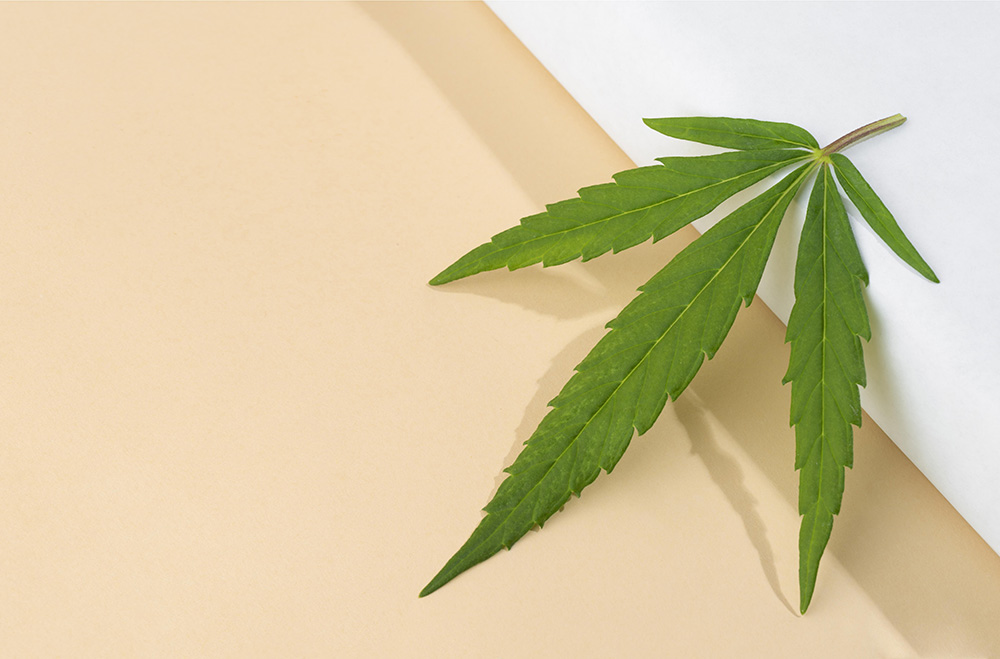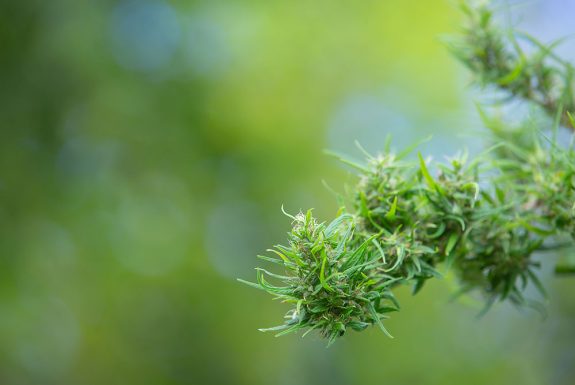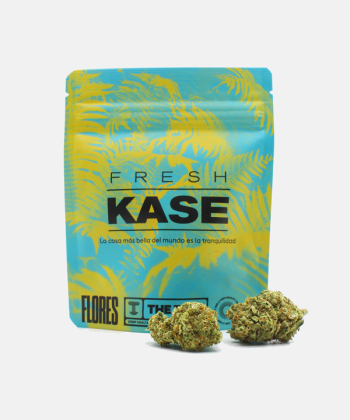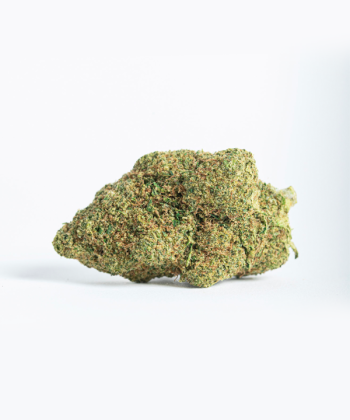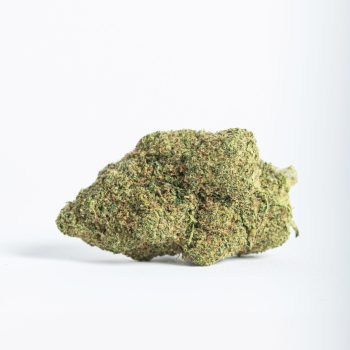Despite the popularity of the buds, the leaves of cannabis are a part of the plant that provide a wealth of information about the plant. Thanks to them, it is possible to identify at a glance the genetics of the plant, as well as its state of health.
In the following paragraphs, we will explore the world of cannabis leaves, explaining what types exist and the wealth of information they can provide about a plant.
What Function Do Marijuana Leaves Have in the Plant?
Critical to the growth and development of the plant, marijuana leaves play a multi-faceted role in its life cycle. These green, chlorophyll-rich structures are essential for photosynthesis, a crucial biological process that converts sunlight into energy. During photosynthesis, leaves capture sunlight, carbon dioxide and water, generating glucose and other by-products on which they feed.
In addition to their main function in photosynthesis, leaves act as stores of nutrients and water, contributing to the regulation of the plant’s water balance. The presence of trichomes on the surface of the leaves also plays a vital role, as these tiny crystals contain a variety of compounds, including CBD and various terpenes, albeit in smaller quantities than the flowers.
What types of marijuana leaves are there?
Cannabis leaves can be classified according to their size and resin content, or according to the plant’s genetics.
Within the same cannabis specimen, we can distinguish between full leaves, which are the ones that have the iconic shape that everyone associates with cannabis, or the so-called sugar leaves, which are small, with a single leaflet and a large amount of resin, as they are practically attached to the flowers. The latter type can be used to make resin or other cannabis derivatives, as they are high in CBD and terpenes.
On the other hand, we can also classify leaves according to genetics, as there are as many types of leaves as there are types of cannabis.
Firstly, sativa leaves are characterised by being very elongated and having a large number of very thin leaflets (each of the ‘fingers’ of the leaf), which can reach 13 in number.
On the other hand, indica marijuana leaves are characterised by having very wide leaflets and a smaller number of them, being most common to have between 7 and 9. In addition, indica marijuana leaves tend to be darker than in the case of sativas.
Ruderalis leaves have even fewer leaflets than indicas, between 3 and 5, and are smaller in size. This is due to the fact that these plants do not usually grow very tall, so the leaves grow in proportion.
In addition, hybrids, which are crosses of the previous types of plants, usually have leaves that are more similar to one type or another, depending on the genetics that predominate in them.
Finally, there are also mutant leaves, which belong to plants with some genetic mutation, such as, for example, duckfoot. This type of cannabis is characterised by the fact that its leaves have no separation between leaflets, so, in a way, they bear a slight resemblance to the feet of a duck, which is why they are called duckfoot.
From what has been explained, we can deduce that, depending on the type of leaf, the genetics of a plant can be easily identified, which is why they reveal to us what kind of cannabis a particular specimen belongs to.
What can the leaves tell us about the health of the plant?
The leaves of a plant can tell us if it is receiving adequate nutrients or if it is suffering from a pest. This is because this part of the plant is the first to show symptoms in case of health complications.
On the one hand, when a plant has many tiny yellow spots, which are barely visible to the naked eye, we can deduce that it may possibly have red spider mite, an extremely destructive mite that must be fought as soon as possible.
This tiny insect feeds on the cellular juices of the plant, which is why its bite mark is so small. To confirm its presence, look at the underside of the leaf, where the mite is usually located.
In addition, if the leaves have a kind of sticky honeydew on them, the plant is most likely suffering from a whitefly infestation. This insect, as its name suggests, is a small white fly, so it is relatively easy to detect, as it flies away as soon as the plant moves a little. Therefore, if when a plant is moved, we see small white insects jumping around, it is possible that it has whitefly.
As far as nutrients are concerned, the leaves can tell us whether the plant is receiving them correctly, because they show up in a certain way in the event of a lack or excess of specific elements.
For example, a yellowing of the tips of the leaves in the lower parts of the plant indicates a nitrogen deficiency, so a fertiliser containing nitrogen should be applied in generous quantities.
In addition, if this nutrient has been over-supplied, the leaves in the upper parts of the plant will be very dark green and curl downwards, which is known as claw leaf. If this sign is detected in a crop, stop fertilising and irrigate with water alone until the excess is corrected.
Finally, another very common nutritional imbalance is the so-called iron chlorosis, which is a lack of iron that manifests itself as a yellowing of the youngest leaves at the top of the plant. Generally, this is due to the pH of the irrigation water being too high, above 7, so that the iron becomes poorly soluble and the plant cannot assimilate it.

